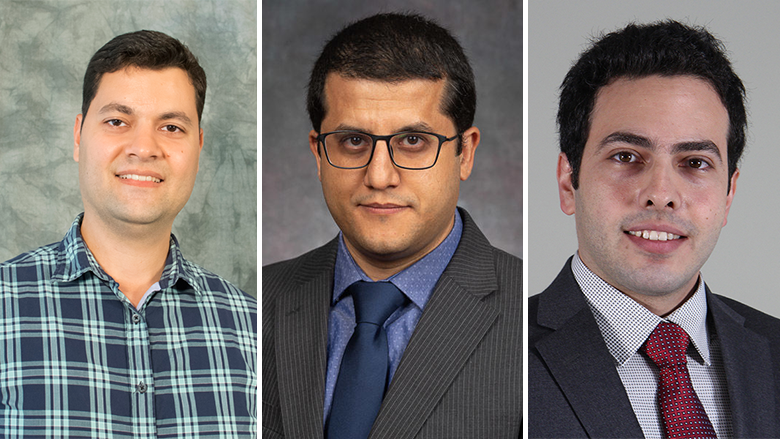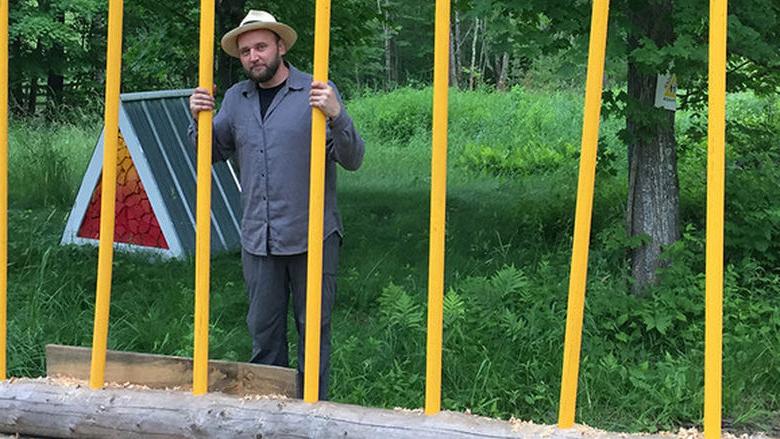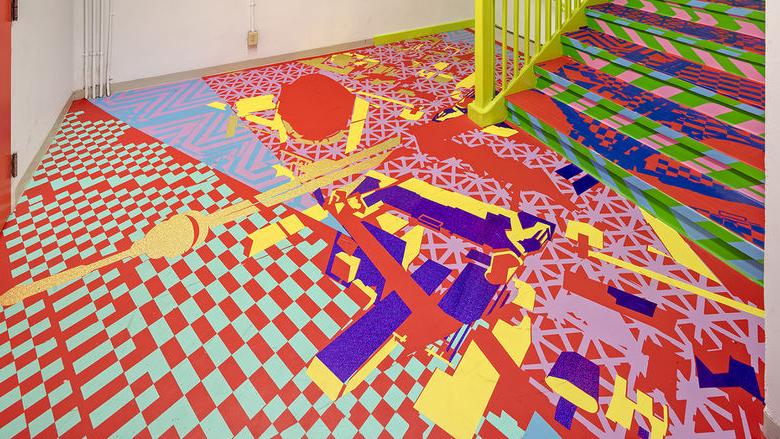
从左至右:Ashkan Negahban, assistant professor of 工程管理 at Penn State Great Valley; Omar Ashour,工业工程副教授 易胜博贝伦德分校; and Sabahattin Gokhan Ozden, 宾州州立大学阿宾顿分校的助理教授获得了三年的奖学金, $831,276 grant from the National Science Foundation for their research on immersive simulation-based learning modules.
MALVERN, Pa. — Ashkan Negahban, assistant professor of 工程管理 at Penn State Great Valley, recently received 该项目由美国国家科学基金会资助,为期三年,资金为831,276美元 (NSF)对沉浸式模拟学习(I-SBL)的研究.
“这是对他的伟大工作的杰出认可. Negahban and coworkers across the Commonwealth Campuses have been doing in this area,大谷总督詹姆斯·内梅斯说. “This grant also demonstrates the importance of Penn State’s Strategic Plan Grants Program, 这个奖项的思想是用哪一种方式孕育出来的."
这项工作,开始作为大学的一部分 策略计划种子补助金 论教育转型,跨多校区. Omar Ashour,工业工程副教授 易胜博贝伦德分校, and Sabahattin Gokhan Ozden美国理工学院助理教授 宾州州立大学阿宾顿分校他们是该项目的共同主要调查员.
“We are extremely excited about this NSF grant as it allows us to expand the impacts of our project beyond Penn State,尼迦班说. “Our proposed I-SBL approach addresses several scalability issues that commonly used immersive technologies in STEM education generally face — for example, high cost of and limited access to virtual reality equipment or learning spaces designed for immersive experiences. Learners’ access to these resources is especially limited in online education and during periods of distance learning as a result of the current or any future pandemic.”
Negahban, Ashour and Ozden’s work involves the creation and use of 3D virtual-reality environments in engineering settings that immerse learners in simulation models. 该团队与 Simio, a simulation software company based near Pittsburgh; using Simio’s products, they plan to generate education modules that are aligned with industry needs and represent real-world situations.
“A one-size-fits all approach to STEM education isn’t enough to prepare students for the ongoing digital transformations taking place in today’s workspaces,大卫·T说. Simio的产品副总裁Sturrock说. “This project will advance conventional problem-based learning approaches while teaching learners the relevant skills that prepare them for a workforce defined by emerging technologies. We’re excited to apply Simio’s digital twin solutions and virtual reality capabilities to support this innovative approach to STEM education, 同时也为教育工作者和学生提供个性化的基于问题的学习.”
这些模块将提供给各种团体, 包括自学和在线学习, residential, 研究生和两年制和四年制的大学生.
The project aims to address two primary goals: the paucity of scientific evidence regarding novel learning environments enabled by immersive simulations in STEM education, and the lack of evidence regarding the contribution of virtual reality (versus two-dimensional simulations) to STEM education.
“This research will extend our understanding of the effect of virtual reality in education and evolve a very well-known student-centered pedagogy called problem-based learning to a new level via immersive technologies and simulation,” Ozden said. “Moreover, the I-SBL modules respond to the need for properly trained workers to fill jobs created by emerging technologies and to the growing need for innovative approaches to STEM education and workforce development during crises that mandate social distancing. This NSF grant will help us to continue our work that started via Penn State’s strategic initiative seed grant.”
The learning modules would help advance contextualized learning in STEM disciplines by eliminating common barriers, 就像在线教育中地理上分散的学习者一样, 后勤限制和对真实世界设施和数据的有限访问.
该团队将使用从本科生收集的数据, graduate and professional students enrolled in online and face-to-face courses at Penn State to compare traditional and immersive simulation problem-based learning. 他们的评估将调查各种因素, including the effectiveness of their I-SBL approach; how demographics, 人格类型, 之前的准备, motivation and engineering identity could help predict learning and workplace performance using predictive analytics; and the relationship between usage/navigation and skill development using video analytics and analyses of recorded virtual site visits.
“One of my research areas focuses on the development and use of immersive technologies in STEM education and training,” Ashour said. “沉浸式技术的协同效应, powerful pedagogy and real-world context in our approach improves student motivation and leads to deeper understanding and greater comprehension of concepts. We aim to build a repository of immersive learning modules that are freely available and can be used by instructors as well as students anytime and anywhere. Our research effort in this project is targeting different student populations across Penn State, 包括远程学生, 这将有助于提高和告知我们对教育的理解, 特别是在需要保持社交距离的危机期间.”
尽管该提案是在COVID-19危机前几个月提交的, the team’s I-SBL modules could help address workforce issues stemming from the pandemic. 随着对训练有素的工人和创新STEM教育方法的需求不断增长, 这些模块可以帮助学生为各种工作做好准备, 尽管社会距离措施限制了面对面的互动.
“While the benefits of our proposed method during crises that mandate social distancing weren’t our main focus when we submitted the proposal in October 2019, the shift to online learning during the COVID-19 crisis in spring 2020 further reveals the importance and timeliness of our project,尼迦班说. “I look forward to sharing our research findings and the resulting I-SBL modules with STEM education researchers and instructors.”



